Discover 15 hidden attractions, cool sights, and unusual things to do in Luton (United Kingdom). Don't miss out on these must-see attractions: Wardown Park, Kenilworth Road, and Luton Town Hall. Also, be sure to include St Mary's Church in your itinerary.
Below, you can find the list of the most amazing places you should visit in Luton (England).
Table of Contents
Wardown Park
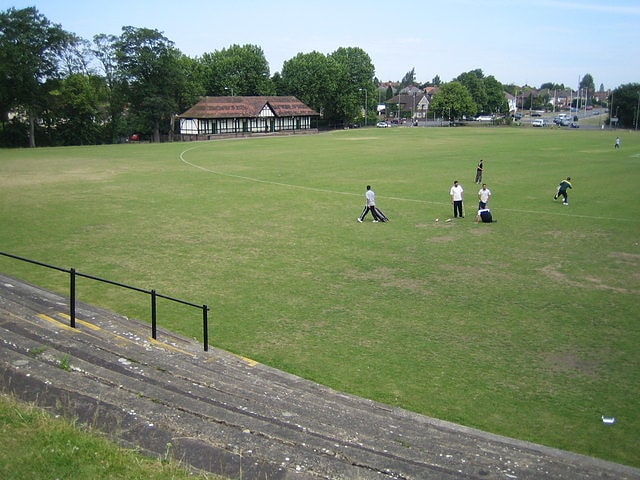
Sports facility in Luton, England. Wardown Park is situated on the River Lea in Luton. The park has various sporting facilities, is home to the Wardown Park Museum and contains formal gardens. The park is located between Old Bedford Road and the A6, New Bedford Road and is within walking distance of the town centre.[1]
Address: New Bedford Rd, LU 3 1 Luton
Kenilworth Road
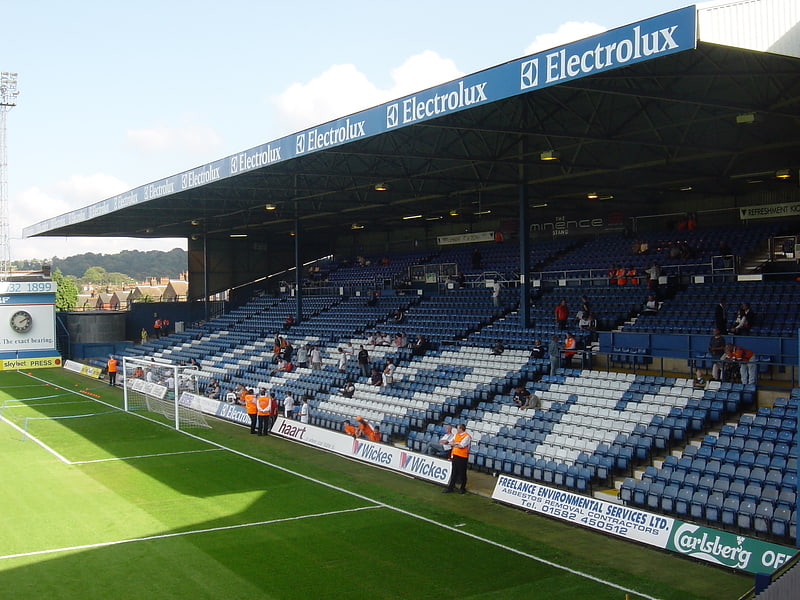
Stadium in Luton, England. Kenilworth Road is an association football stadium in Luton, Bedfordshire, England. It has been the home ground of Luton Town Football Club since 1905. The stadium has also hosted women's and youth international matches, including the second leg of the 1984 European Competition for Women's Football final.
The 10,356 all-seater stadium is situated in the district of Bury Park, one mile (1.6 km) west of the centre of Luton. It is named after the road which runs along one end of it, though its official address is 1 Maple Road. Kenilworth Road hosted football in the Southern League until 1920, then in the Football League until 2009, when Luton were relegated to the Conference Premier. It has hosted Football League matches once more since 2014.
Floodlights were fitted in 1953, and the ground became all-seated in 1991. The record attendance of 30,069 was set in 1959, in an FA Cup sixth round replay against Blackpool.
The ground is known for the artificial playing surface which was in place from 1985 until 1991, the unusual entrance to the Oak Road End, and the five-season ban on away supporters that Luton Town imposed following a riot by visiting fans in 1985.[2]
Address: 1 Maple Road East, LU4 8AW Luton
Luton Town Hall
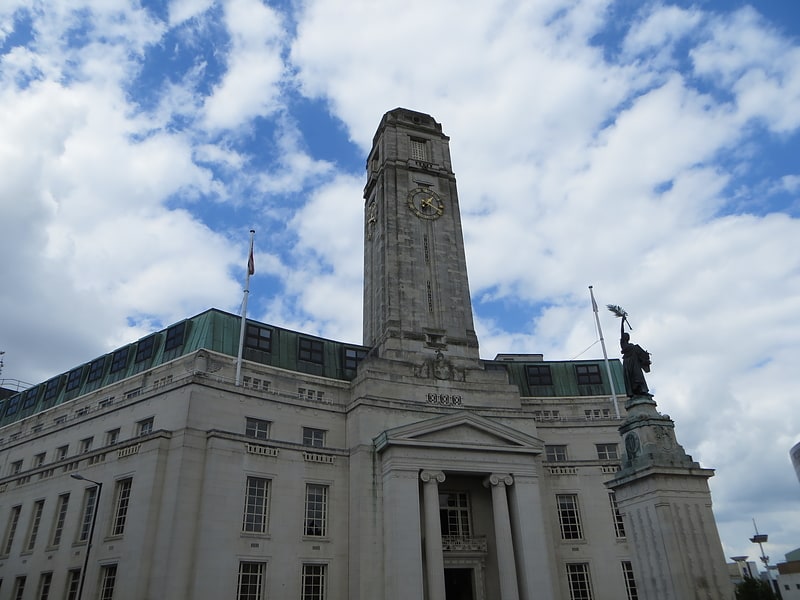
Tourist attraction in Luton, England. Luton Town Hall is a building at the junction between Manchester Street, Upper George Street and George Street, Luton, England; the current building was completed in 1936 on the site of the older Town Hall, which was burnt down 19 July 1919, following the Peace Day Riots. The current hall is a Grade II listed building.[3]
St Mary's Church

Church in Luton, England. St Mary's Church is an Anglican Church in the centre of the town of Luton, England. The church has a rich and long history, being over 900 years old and has been rebuilt and refurbished constantly over the centuries. The Church is one of the largest in Bedfordshire and considered a fine example of medieval architecture. The Church is part of the St Albans Diocese.[4]
Address: Church St, LU1 3JF Luton
Stockwood Discovery Centre
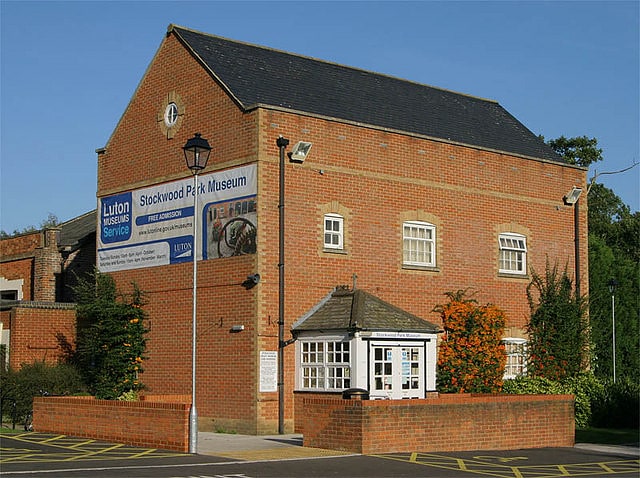
Museum in Luton, England. Stockwood Discovery Centre, formerly known as Stockwood Craft Museum, is one of two free admission museums situated in Luton. The museums in Luton are a part of a charitable trust, Luton Culture.
The discovery centre displays collections of local social history, archaeology, geology and rural crafts. It also houses the biggest collection of horse-drawn carriages in Europe, the Mossman Collection.
The external part of the Discovery Centre features extensive gardens. The Period Gardens, ranging from the Elizabethan Knot Garden to the Dig for Victory Garden, were created by Luton Council from the mid-1980s onwards. Redevelopment work in 2007 included the building of the Sensory Garden, World Garden and Medicinal Garden. It is one of the few places in the country where the work of acclaimed artist Ian Hamilton Finlay can be seen on permanent display. Improvement Garden is a classical garden in which Ian Hamilton Finlay sculptures are an integral part of the landscape.[5]
Address: London Rd, LU1 4LX Luton
Someries Castle

Castle in England. Someries Castle is a Scheduled Ancient Monument, in the Parish of Hyde, near the town of Luton, Bedfordshire, England. It was built in the 15th century by Sir John Wenlock, whose ghost is reputed to haunt the castle. Although always referred to as a castle it was actually a fortified manor house.
The name of "Someries Castle" was derived from William de Someries (or Somerys), who had a residence on this site, but the title "castle" is contentious since it hardly describes the structure to which it is applied.
The site was acquired by Wenlock in 1430 and building the mansion commenced. The house is regarded as one of the first brick buildings in England. The house was not completed by Wenlock, as the Tudor historian John Leland noted. Work was halted after Wenlock's death at battle of Tewkesbury in 1471. The site passed to the Rotheram family. It was partly demolished in the 18th century. The brickwork can still be seen in the remains of the gatehouse, incorporating the chapel and lodge, which still stands today.
The remains of the original manor house and/or the earlier Norman Castle are now visible only as earthworks that outline the plot where the house originally stood, although remains of the gatehouse to the actual manor house and the chapel that was connected to it, are still partially standing. Some bricks from the manor house were used to build the nearby farm houses in the 17th century.
The castle closed to the public in February 2007 in order to make the structure safe and was surrounded by scaffolding, which damaged the original brickwork. It reopened in 2008.[6]
Stockwood Park
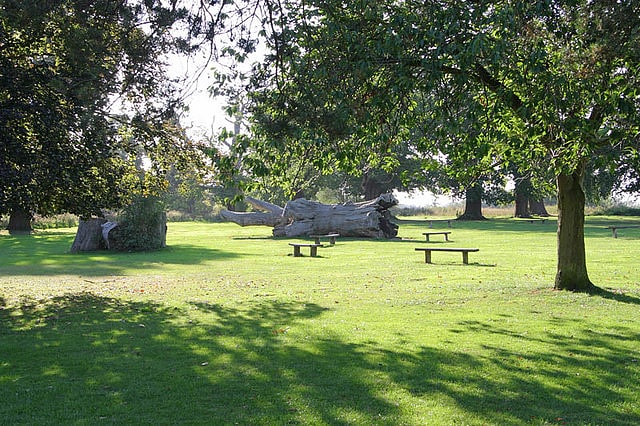
Park in Luton, England. Stockwood Park is a large urban park in Luton, Bedfordshire, in the Farley Hill estate. With period formal gardens, leading crafts museums, Stockwood Park Rugby Club and extensive golfing facilities, it is about 100 hectares in area.[7]
Address: Stockwood Park, LU1 4BH Luton
Wardown Park Museum

Museum in Luton, England. Wardown House Museum and Gallery formerly Wardown Park Museum and, before that, the Luton Museum & Art Gallery in Luton, is housed in a large Victorian mansion in Wardown Park on the outskirts of the town centre. The museum collection focuses on the traditional crafts of Bedfordshire, notably lace-making and hat-making. There are samples of Bedfordshire lace from as early as the 17th century.[8]
Address: Wardown Park, Old Bedford Road, Luton
Mossman Collection
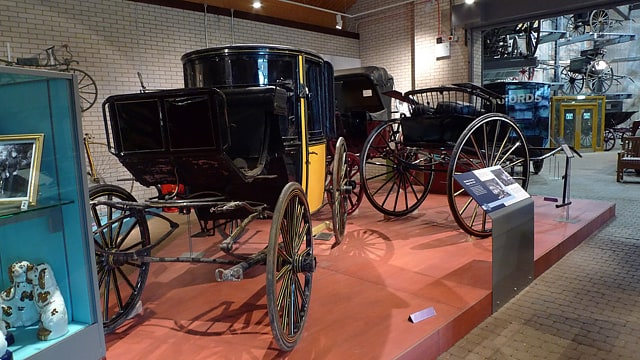
Museum in Luton, England. The Mossman Carriage Collection is a museum housing a collection of horse-drawn vehicles in Stockwood Park, Luton, Bedfordshire. It is the largest collection of such vehicles in the United Kingdom, and includes original vehicles dating from the 18th, 19th and 20th centuries.[9]
Galley and Warden Hills
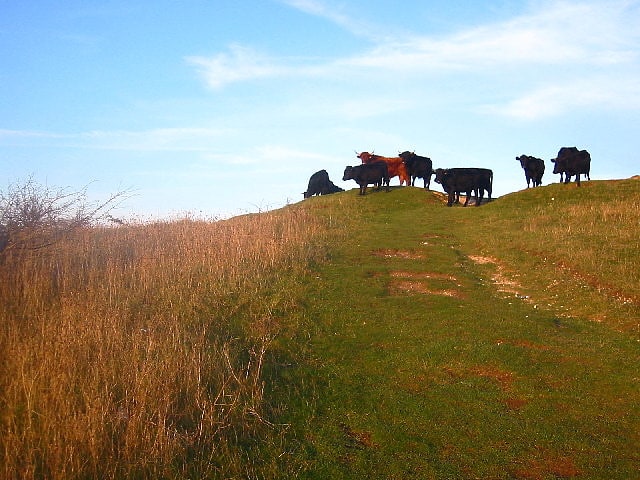
Nature preserve in England. Galley and Warden Hills is a 47 hectare biological Site of Special Scientific Interest in Warden Hill, a suburb of Luton in Bedfordshire. The local planning authority is Central Bedfordshire Council, and it was notified in 1986 under Section 28 of the Wildlife and Countryside Act 1981. It is also a Local Nature Reserve.
The site is chalk grassland with areas of dense scrub, and it has many plants which are rare nationally and locally. It has a wide variety of wild flowers and more than twenty species of butterflies. Near the top of Galley Hill there are two Bronze Age barrows, one of which was used for public executions in the Middle Ages.
The Icknield Way Path passes through the hills on its 110-mile course from Ivinghoe Beacon in Buckinghamshire to Knettishall Heath in Suffolk.
There is access from Warden Hill Road.[10]
The Hat Factory
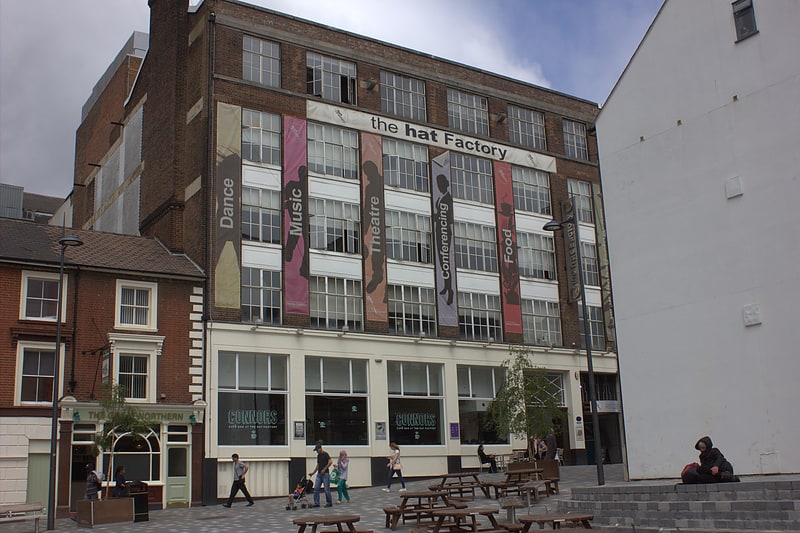
Art gallery in Luton, England. The Hat Factory is an arts facility in the centre of Luton, England that seeks to develop the arts in the town and surrounding region. The Hat Factory opened in April 2004, and includes theatre, music, comedy, dance and film programmes.
The Hat Factory contains a studio theatre, sprung dance studio and space for music rehearsal and recording, as well as meeting rooms and conference facilities. It is home to several creative companies, including the organisers of the Luton Carnival. The Hat Factory Gallery is a joint venture between Luton Borough Council, the Hat Factory and the University of Bedfordshire.[11]
Address: 65-67 Bute Street, LU1 2EY Luton
Wrest Park
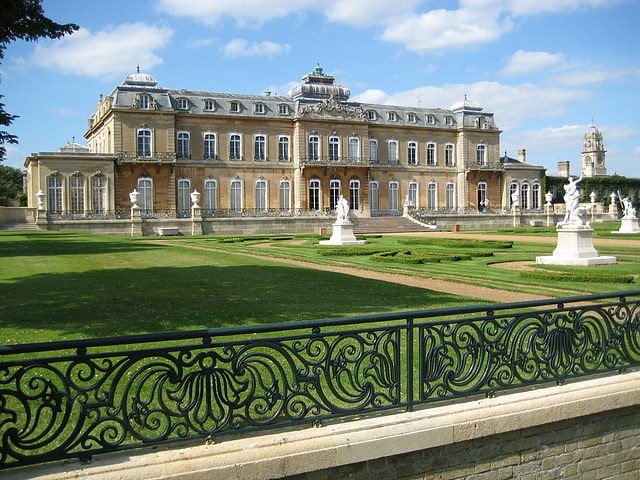
Manor house in England. Wrest Park is a country estate located in Silsoe, Bedfordshire, England. It comprises Wrest Park, a Grade I listed country house, and Wrest Park Gardens, also Grade I listed, formal gardens surrounding the mansion.[12]
Address: Bedford MK45 4, Luton
Markyate

Village in England. Markyate is a village and civil parish in north-west Hertfordshire, close to the border with Bedfordshire and Buckinghamshire.[13]
Our Lady Help of Christians Church
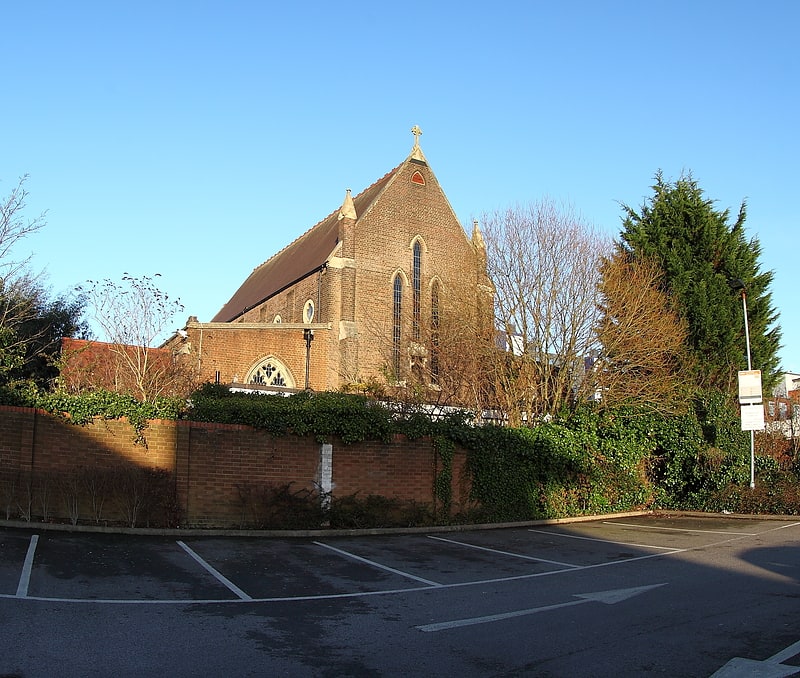
Parish church in Luton, England. Our Lady Help of Christians Church is a Roman Catholic Parish church in Luton, Bedfordshire. It was founded in 1845 and the present church was built in 1910. It is situated on the corner of Castle Street and Victoria Street, next to the A505 road, in the town centre. It was designed in the Gothic Revival style and is the first Roman Catholic church built in Luton after the Reformation.[14]
Address: Castle St, LU1 3AG Luton
Putteridge

Putteridge is a suburb of Luton, England. The area is roughly bounded by the edge of Luton to the north, Wigmore Lane and Hayling Drive to the south, Cannon Lane and Stapleford Road to the west, and the edge of Luton to the east.[15]